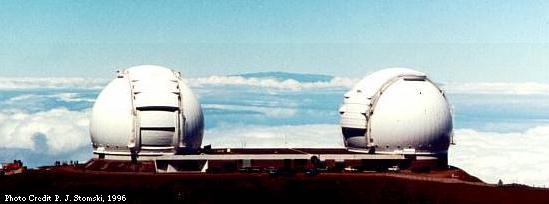Brought to you by Jason X.
Prochaska (UCO/Lick Observatory)
in conjuction with Arthur M. Wolfe (UCSD) Eric Gawiser (Chile/Yale), George Djorgovski (Caltech), and Sandra Castro (IPAC/Caltech)

Quick LinksAtomic Data and Atomic ReferencesIndividual Abundance TablesPapers and ReferencesESIRedux Package |
I. Description of the Abundance DatabaseThis set of web pages will serve as an archive for damped Lya chemical abundances taken with the Echellette Spectrograph and Imager (ESI). Clearly, the pages mirror the database I have set up for HIRES observations. My motivation for establishing and providing upkeep on this site is twofold: (1) invariably I find errors in my analysis or in the atomic data as published in my papers and I wish to correct them sooner than my next publication; (2) gathering all of the data files into one place will probably be of use to other folks.In the short term, I will present tables and the like for all of the data I have at my disposal. Within the next year or 3, I will make all of the spectra public. I am hopeful that this will be done within the context of the Keck archive being established by NASA. If not, I'll stage the data on this web site. ** If you use data from this database be sure to reference the appropriate people. And I don't just mean my papers. I hope to include abundance data from other groups. At the moment, you need to read the papers to figure out who has done what. **
II. Accessing the Abundance DatabaseFor my convenience and hopefully yours, each damped Lya system has 3 unique tables associated with it:
**It is worth stressing that all of the abundance measurements assume the atomic data given by this file with references given in this file. e-mail: xavier@ucolick.org last modified 05/13/03 |